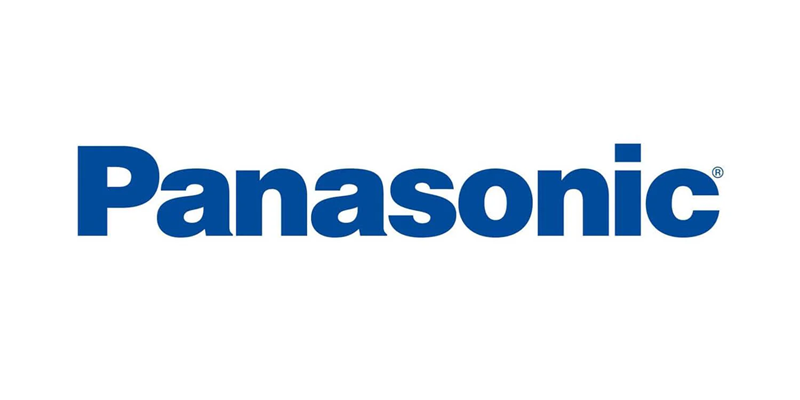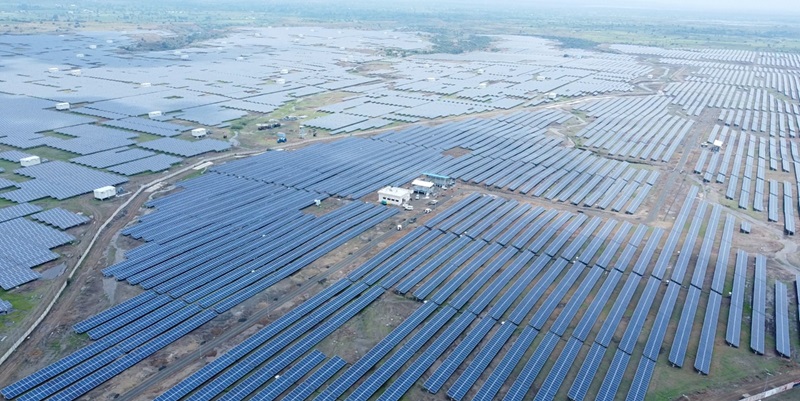Schedule a Call Back
Constructing safely: Preventing slips, trips and falls
 Articles
Articles- Jan 29,24
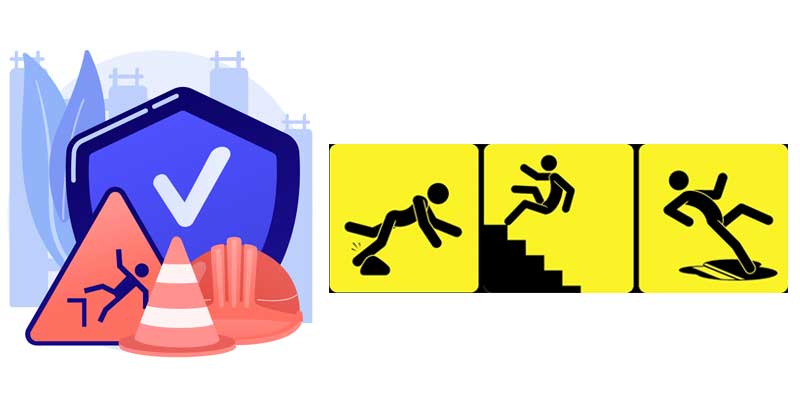
Related Stories
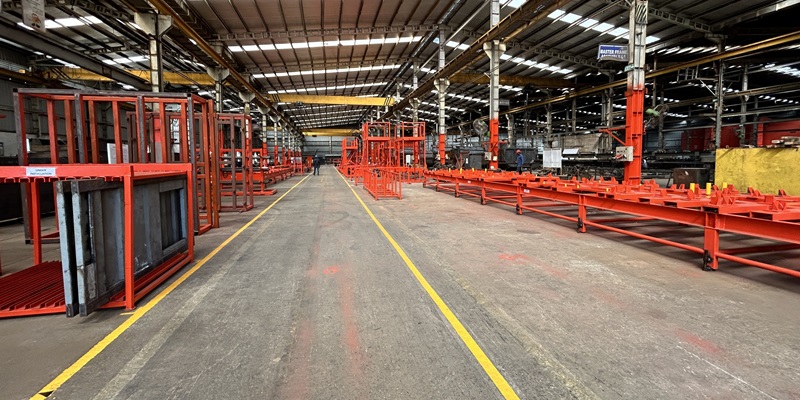
JML expands Chennai plant to meet growing demand
More than 60,000 square feet of facility space has been built and made operational in the first phase in addition to its existing 100,000 square feet facility.
Read more
Critical risk assessment in the workplace: Suresh Tanwar
Critical safety risks, defined as events with the potential to cause fatalities or permanent disabilities, are prevalent in hazardous industries.
Read more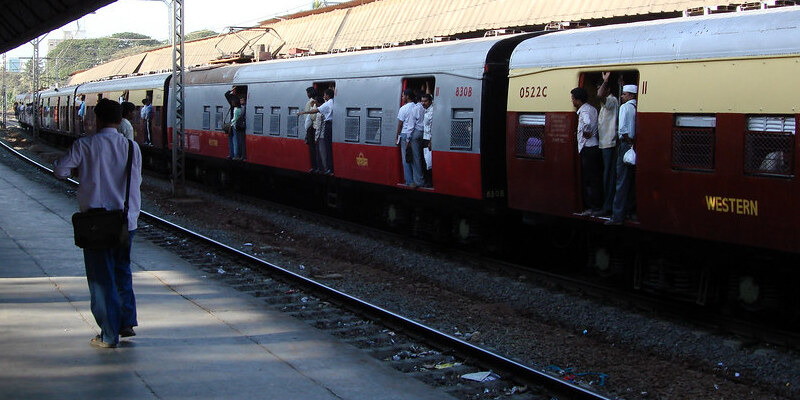
BEML submits lowest bid for 70 driverless trains for Chennai Metro Phase II
The contract is valued at approximately Rs 36 billion, with the trains likely to be produced in Bengaluru.
Read moreRelated Products
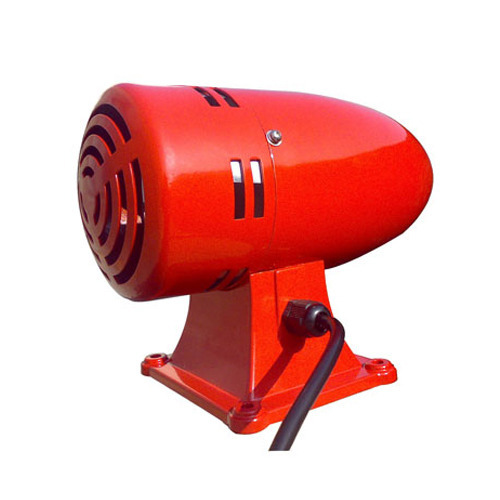
Fire Protection - Industrial Sirens
Amit Safety Enterprises offers a wide range of fire protection industrial sirens.
Read more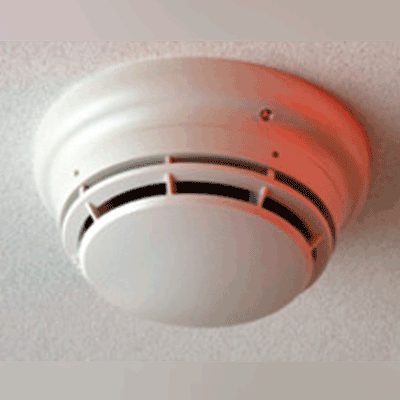
Fire Alarm Sysytem
Nayakson Security Systems is offering a range of fire alarm, intrusion alarm and gas alarm systems.
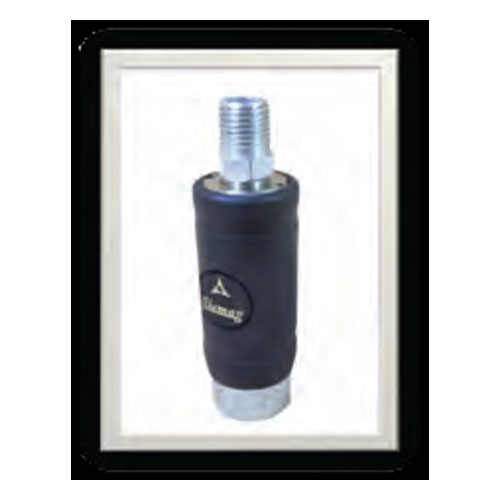
Push Button Safety Quick Release Coupling
Siemag introduces the all new push button safety quick release couplings. Read more






